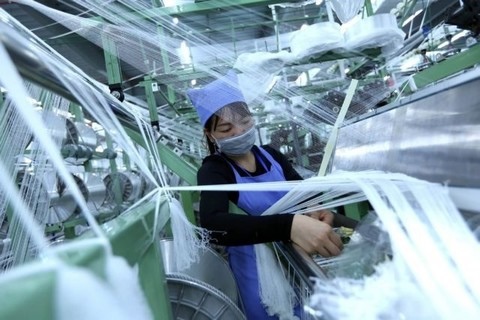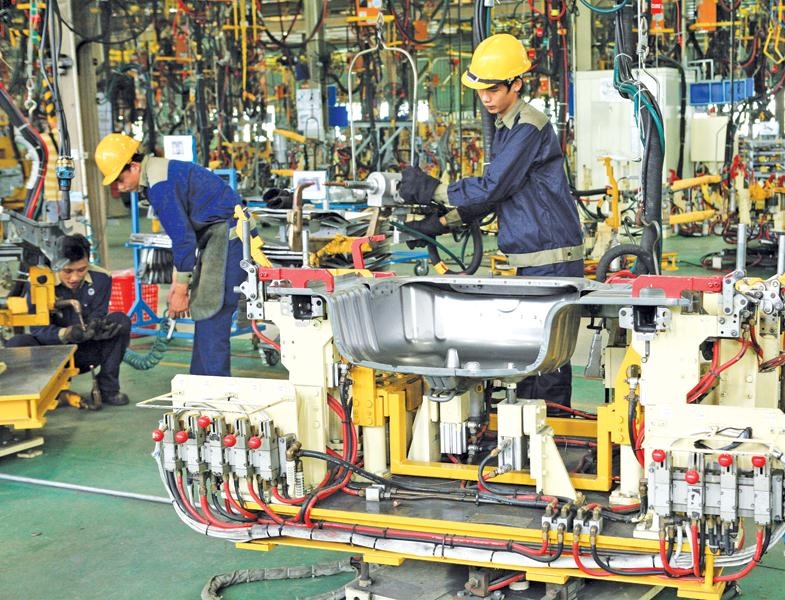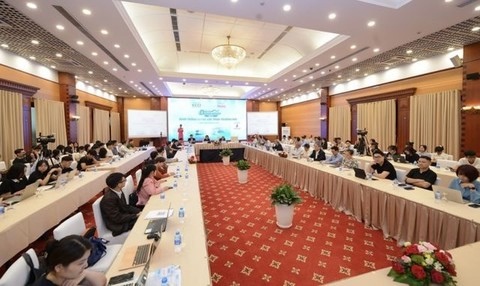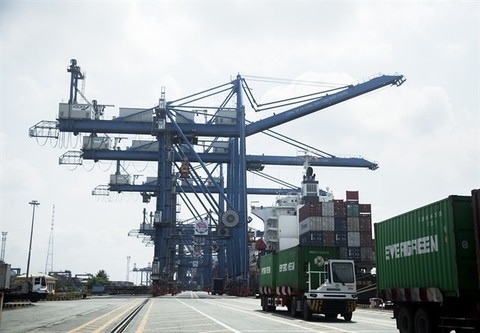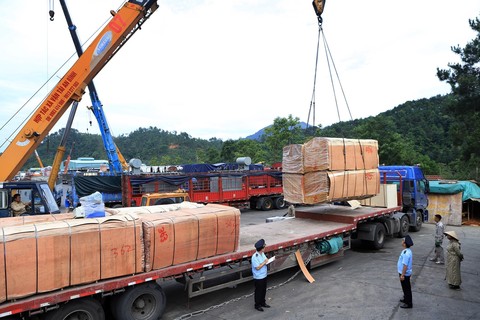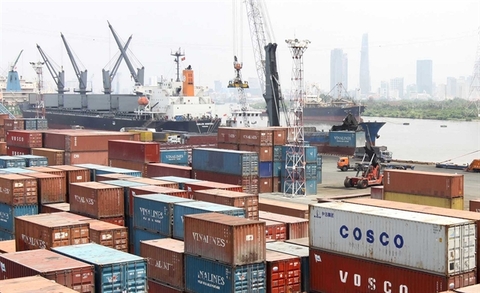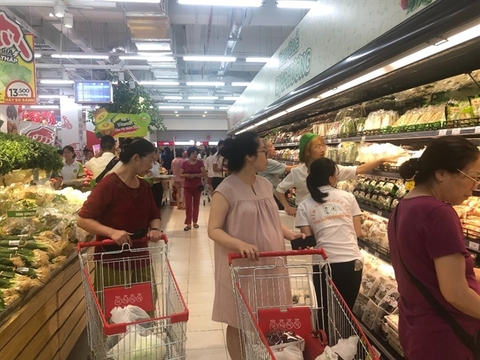Short-term effort for long-term growth
Short-term effort for long-term growth
A viewpoint on development of the Mekong Delta amid climate change adaptation.
The Government’s Resolution 120-CP on climate resilient and sustainable development of the Mekong Delta issued in November 2017 set out five core values: (i) The long-term vision and objective must be “harmonious with nature and sustainable development”; (ii) The guiding viewpoint is to turn challenges into opportunities, especially to regard saline water as natural resources, honor the rule of nature, change the mindset of traditional agricultural production into agricultural economy, and realize that the sustainability of the Mekong Delta is also the sustainability of the Greater Mekong Subregion and the world; (iii) the policy and the orientation must take people as the focus and harmonize land and water in the course of development; (iv) The general solution must be integrated planning, reasonable socio-economic development structure and inter-regional connectivity improvement; and (v) The execution of the resolution must have the participation of 12 ministries and sectors, HCMC, 13 Mekong Delta provinces and cities, enterprises and communities with international assistance.
Nevertheless, it’s not easy to realize these five core values, as many issues regarding the integration process and climate change must be re-arranged. Therefore, at a conference to review two year’s execution of the resolution on June 18, the Government put up four topics for discussion: (i) Water resource management, and flood, salinity intrusion and land slide control; (ii) Restructuring agriculture towards climate change adaptation; (iii) Solutions to develop the transport system, infrastructure and housing for sustainable development; and (iv) Planning, regional coordination mechanism and investment attraction for the Mekong Delta.
The biggest problem for localities in the Delta is they have to review, modify and map out plans which fit these four topics and cover the five core values set out by Resolution 120-CP.
Therefore, the author would like to suggest “Short-term effort for long-term growth” as a measure for the execution of Resolution 120-CP. The measure, with the above four topics taken into account, is based on practical experiences of localities in the Delta.
Regarding the topic of agricultural restructuring towards climate change adaptation, there are currently many effective production models for three key agroproducts—fisheries, fruit and rice. These models, which work in the principle of lowering input cost, raising output value and applying smart agriculture, are in the process of turning ineffective rice farmland into aquaculture and fruit cultivation suitable to the local ecology and the sub-region. Based on their own bio-diversity and traditional trades, many localities have developed products suitable for the combination of tourism development and the “one commune, one product” program.
To create favorable conditions for the development of these practical models, it is necessary to associate them with the industrial clusters for particular trades, the service network and tourism via regional connectivity. This will create opportunities for the connection of industrial clusters and zones and the economy as planned by local authorities.
If these practical models can be multiplied in accordance with the market demand, labor change, effective land use and application of Industry 4.0 technology with the active participation of people, enterprises and local authorities, the “Short-term effort for long-term growth” measure will achieve the intended effect for execution of Resolution 120-CP.
Regarding the topic of water resource management, climate change adaptation and livelihood improvement, there are many effective models for saving water and reducing environmental pollution from farming and animal husbandry in fresh water areas. In brackish and salt water areas, a number of enterprises are applying combined agrofishery and forestry models, such as the forest-shrimp farming in Ca Mau Peninsula, the coastal rice-shrimp farming and intensive shrimp farming in harmony with the environment. There are also models for rainwater storage in the rainy season for daily use in the dry season.
However, the above practical models are developed separately at households, enterprises, communities and localities. Therefore, it is difficult to group localities into sub-ecological regions (the Plain of Reeds, the Long Xuyen Quadrangle, the East Sea coast, the Ca Mau Peninsula, and the region between the Tien and the Hau rivers) and create sub-regional effects for the entire region. Furthermore, the interaction between agricultural restructuring and regional infrastructure development cannot be separated from the management and sustainable use of water.
Therefore, water management and use, livelihood improvement, socio-economic development and reasonable resources management in the spirit of “harmony with nature” should be carried out at six levels, including the household, community, local, sub-regional, regional and national, to make the execution of Resolution 120-CP more effectively. And so, the Government can have an opportunity to adopt the policy of six-level water management, call for investment appropriate to the six levels, and discuss policies for management and sustainable use of water from the Mekong River.
The transport system, infrastructure and housing are a big problem for the Mekong Delta. The region has a tremendous demand for transport and housing development, which requires huge investment capital. It also has to solve problems in industrial and urban development zoning, concentrated residence by the riverside amid climate change-induced landslides, river water pollution and heavy exploitation of underground water.
Therefore, in the short term, it is necessary to review the demand for regional infrastructure development and select the priority for reasonable development, especially the development of the market infrastructure through the connection of transport and the logistics system for specific areas and trades.
In the long term, the market infrastructure should be developed in accordance with the material area planning. This would help create jobs and increase income for the rural population, thus helping carry out the new rural development program effectively and improve human resources through educational development and technological application in rural areas in the future.


